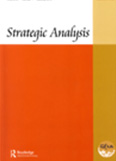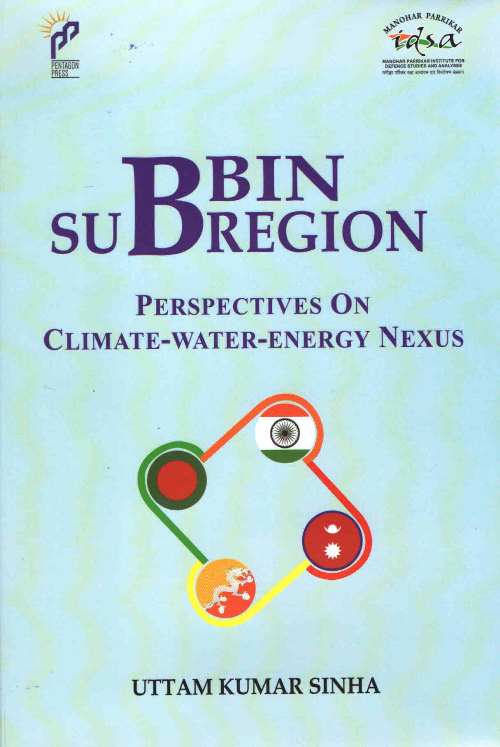Nepal: The Continuing Imbroglio
The deeply troubling situation in Nepal is marked by three discernible trends. First, is the collapse of the ceasefire and commencement of violent activities, including strikes, blockades and attacks by the Maoists. This has led to the revival of counter-insurgency operations by the Royal Nepalese Army (RNA), reinforced by a fresh supply of arms and ammunition, and other military hardware from China.
- Arun Sahgal
- January 2006












